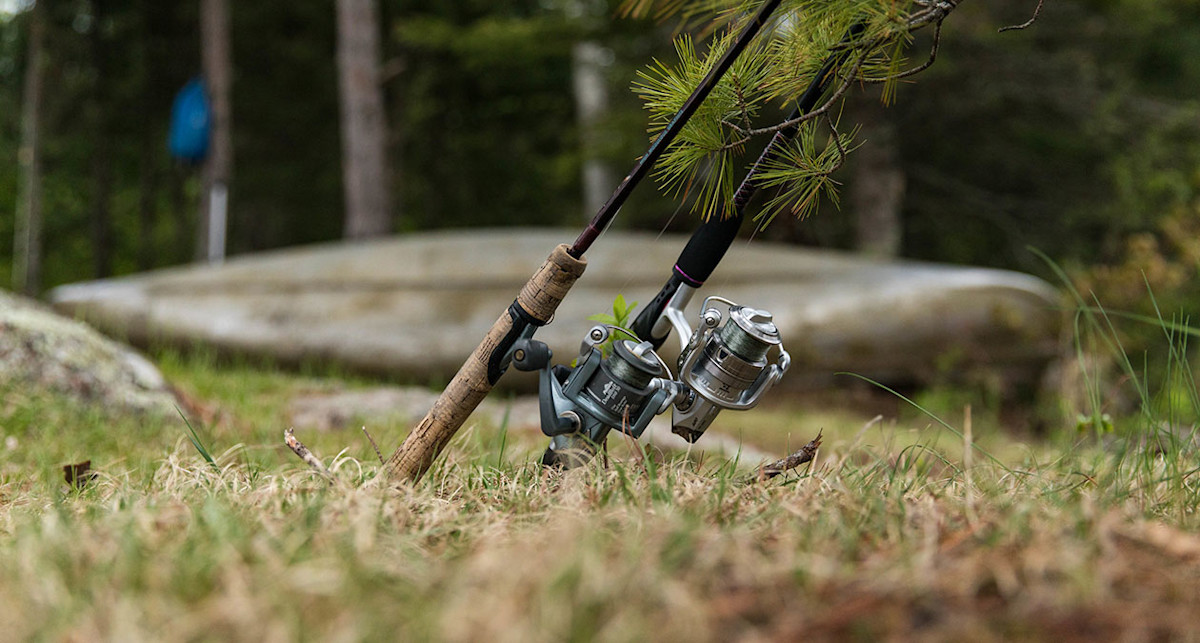
In our series Ask a Warden, we interview officers from across the country to learn about their role in protecting our game, fish, public lands, and other resources. In this edition, we asked officers from West Virginia, Minnesota, and Arizona what bag limit is most often exceeded.
When a shared resource is depleted by individuals acting independently and according to their own self-interest, you have what is known as the tragedy of the commons. This is exactly why game departments and bag limits exist: people would take more than their share without regulations in place and game populations wouldn’t last long. As Ryan Callaghan said in Ep. 213 of the MeatEater Podcast, “The world would a better place if people thought about what their take means beyond just today.”
Sadly that’s not always the case, and these wardens know it better than anyone.
Officer Chris Fitzwater | West Virginia Division of Natural Resources
“The bag limit that I find most individuals exceeding is our whitetail deer bag limits. We have a variety of deer seasons, including archery, early firearms, traditional firearms, muzzleloader, and our heritage seasons. During this time, individuals have multiple opportunities to harvest deer legally. As wardens, we see individuals take numerous antlered deer during the pre-season and early seasons, exceeding their daily and yearly bags limits before our hunting seasons are in full swing.
“I have worked several cases where individuals have taken up to 10 antlered deer and multiple does exceeding limits by double and even triple. Exceeding these bag limits often correlates with hunting without license, failure to purchase additional stamps/permits for extra deer harvest, and other licensing and game violations.”
Law Enforcement Specialist Matt Braun | Arizona Game and Fish
“Excess bag limits for fish, namely catfish and trout, are what we detect and catch the most. We catch more of these because we know the place and time many of these violations will occur: at the lake on stocking days. We will plan saturation patrols with plainclothes officers ‘fishing’ at the lake which can be a very effective technique.
“We also catch several dove over-limits a year using this technique, but other excess bag limits are harder to target effectively. Citations result from a lucky encounter or through long, drawn-out investigations. We know these violations are occurring for multiple species, particularly deer in Arizona, but we often don’t have enough good information to prosecute.”
Conservation Officer Mitch Lawler I Minnesota Department of Natural Resources
“The hundreds of lakes in my west-central Minnesota workstation drive the vast majority of local activity throughout the year. Over-limits of fish historically have been—and continue to be—a concern, especially when the bite is hot. Panfish are the most common species exposed to over-limits, whether we’re talking about open-water fishing or ice fishing.
“With daily bag limits for crappies and sunfish set at 10 and 20 each respectively, anglers who take over-limits commonly say they miscounted or thought they had fewer in their possession than they actually did. Additionally, when anglers find a school of hungry panfish, they can catch fish as fast as they can rebait their hooks. When there’s a good panfish bite going, conservation-minded self-control is essential.”



